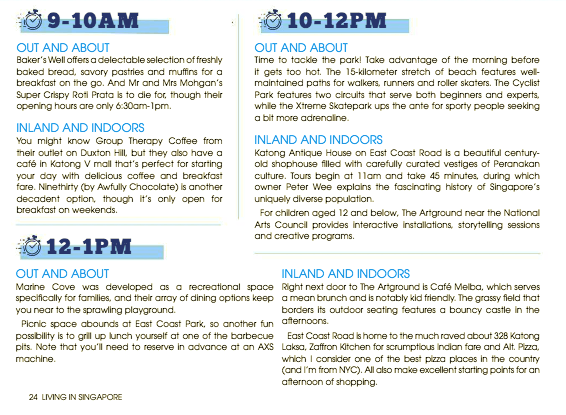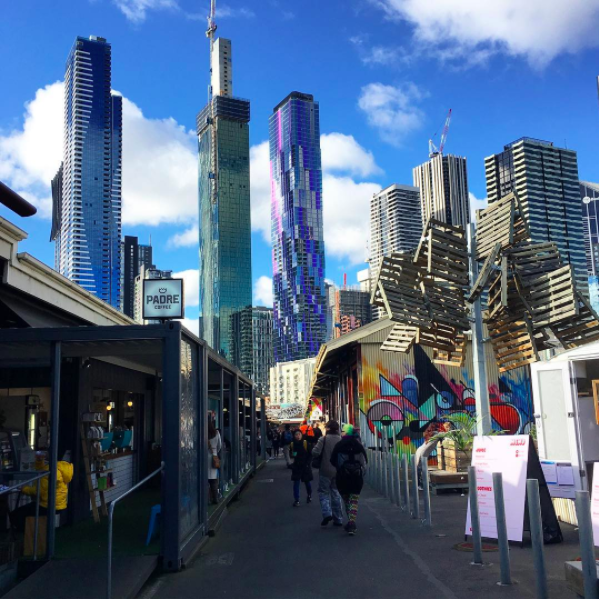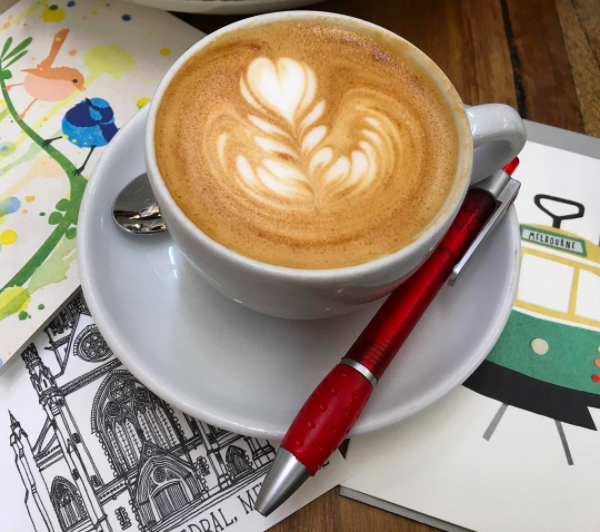Published on August 1, 2016 in the Singapore American Newspaper:
With its mélange of Chinese, Indian and Malaysian culinary influences, it’s no surprise that Singapore has a long history of drinking tea. Less expected is the city’s love affair with coffee, evident in the plethora of cafés and kopitiams. Sadly, I have never been a coffee drinker and usually opt for a mocha (aka a hot chocolate with caffeine) when presented with a menu of artisanal coffees. I couldn’t tell you the difference between a Short Black and a Flat White. Isn’t cold drip coffee just…coffee that’s cold?
Tired of feeling bamboozled at brunches with friends, I decided to get an education. The Singapore Coffee Association, established in the 1950s, pointed me towards a range of options, including Dutch Colony Coffee Company’s variety of workshops. Both Bettr Barista and Highlander Coffee have “Coffee Academies” for the uninitiated, but in the end, I registered for Highlander’s two-hour Gourmet Coffee Appreciation Seminar because it fit my schedule and the price was reasonable. Plus, it promised to “demystify the art and science of making specialty coffee.”
The seminar was held in Highlander Coffee Bar’s spacious backroom on Kampong Bahru Road and was taught by the founders, charismatic brothers Phil and Cedric Ho, who have been educating others on coffee since 2004. Against a backdrop of counters laden with gleaming, complicated coffee machines, Phil walked us through the history of local coffee, which began in the late 18th century thanks to an influx of European immigrants. This led to the birth of the kopitiam (a very Singaporean term combining the Malay word for “coffee” and the Hokkien word for “shop”) and the trademark Hainanese style thick, sweet coffee that is still on the menu today. Since then, the local coffee culture has blossomed. Specialty cafés in the style of Melbourne’s famous coffeehouses, including pioneers like Highlander Coffee and 40 Hands, became all the rage a few years ago and the fire has yet to die down.
“Freshness is the key to good coffee. Always believe in GOD: Grind On Demand,” Phil said, as he passed around varieties of beans. I finally understood that a coffee bean was actually the pit of a coffee cherry. It was mind-boggling to learn how much labor (planting, picking and roasting) went into a single bag of coffee beans. He also revealed that the longer the roasting process, the more body and bitterness the coffee bean has, but the less caffeine (which surprised me).
After Phil’s history lesson, Cedric demonstrated the ideal method of brewing coffee with a table of steaming jugs, shining presses and glass containers more suited to a chemistry lab. He highlighted how temperatures, the age of the beans, the fineness of the grind, the treatment of milk and the type of press all intersect at different points to alter the flavor and quality of a cup of joe. This explanation was, of course, followed by tastings: finely ground Ethiopian coffee from an aeropress, coarsely ground Brazilian from a French press with foamed milk (the first cup of coffee without sugar that I’ve ever enjoyed) and a house blend espresso. The two hours flew by. I now know that “light/medium/dark” refers to how long the beans have been roasted, that high calcium milks can’t be used to make foam and why espresso machines make that high-pitched whooshing noise.
Plus, I finally learned the difference between a Short Black and a Flat White! (A Short Black is simply the Australian term for espresso while a Flat White is a cappuccino without the foam). Who knew?








